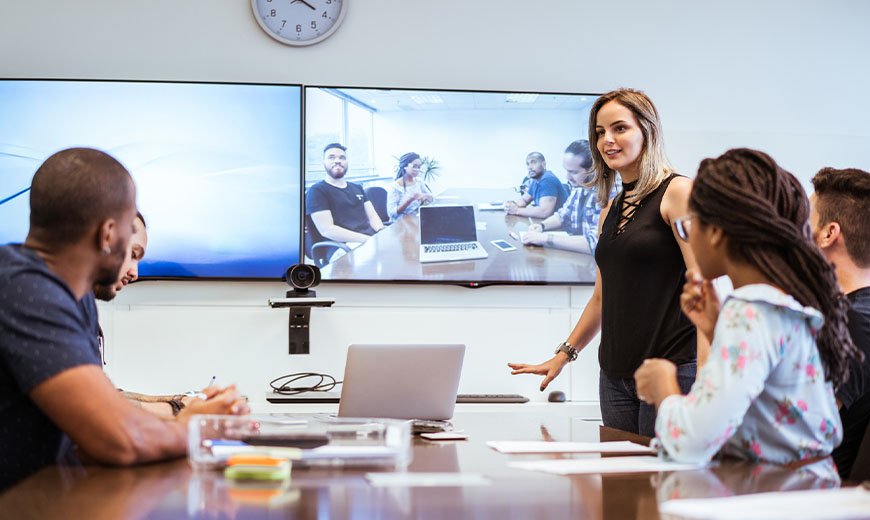Top-down and bottom-up globalization
I’ve been working with several clients recently on creating more integrated global functions such as HR and IT.
Many of them seem to cycle between taking a top-down and bottom-up approach to creating global systems, policies and solutions.
The top-down approach is usually driven by someone with the positional power to get things done. It could be a new CEO with a desire to realise more synergies across the organization, or a powerful functional head trying to create more integration or share resources more effectively.
The top-down approach can be successful if it is driven down into full implementation – if we align the structure, incentives and rewards etc. towards this more central way of working.
However, this approach can often create resistance due to local power structures or a culture of “not invented here”.
When the focus changes or the powerful individual moves on, if the whole system hasn’t been aligned then it can quickly snap back into its previous shape.
The bottom-up approach can be slow and may struggle to achieve traction. Several organizations I have worked with, particularly those who have grown by acquisition, start off with the “if we build it they will come” philosophy. They believe that if the central function comes up with good enough solutions, then the local operating businesses will spontaneously elect to use them. My observation is that this rarely works without a push from the power structure. Local inertia, reluctance to cede power and authority and different priorities mean that central systems very often look less attractive.
An entirely bottom-up approach has the benefit of not disrupting local operations too much and solutions that emerge voluntarily sound attractive, but it’s hard to organize this in practice.
Here are some of the tips and principles that we have found can work in creating these kinds of bottom-up global approaches:
1. Start with relationships – we won’t collaborate with, and trust, individuals who we don’t know. Opportunities for sharing often emerge from spontaneous conversations between individuals. Unfortunately, this rarely happens if we are in multiple locations and never meet. Build the opportunity for networking and relationship-building events either as stand-alone opportunities or as an explicit part of other meetings or conferences. Organise for it, don’t just expected to happen in the breaks.
2. Seed the cloud – rather than mandating cooperation from the top down, create opportunities for it to emerge out of interactions. Organize community events, best practice sharing activities etc. that will allow opportunities to emerge if they exist. Help groups and teams form around these opportunities.
3. Spread what works – instead of coming up with perfect solutions at the centre, focus on the periphery, see what is working in local operations and market it to other parts of the business. Have central functions that see themselves as support and learning networks rather than the source of all knowledge: you create less resistance that way.
4. Be pragmatic -it could take years to get complete agreement from every country on a policy or practice. Why not make a start with some lead countries? You will probably be surprised how many will join in once you have something tangible to share.
Find out more about our global leadership or global accounts training.

Explore our training programs to see how we can help.
Agile & Digital Training Matrix Management Training People and purpose Training Virtual Teams TrainingEducate yourself further with a few more or our online insights:
30 years of experience learning with a range of world class clients
We work with a wide range of clients from global multinationals to recent start-ups. Our audiences span all levels, from CEOs to operational teams around the world. Our tools and programs have been developed for diverse and demanding audiences.

Tailored training or off the shelf modules for your people development needs
We are deep content experts in remote, virtual and hybrid working, matrix management and agile & digital leadership. We are highly flexible in how we deliver our content and ideas. We can tailor content closely to your specific needs or deliver off the shelf bite sized modules based on our existing IP and 30 years of training experience.
For more about how we deliver our keynotes, workshops, live web seminars and online learning.